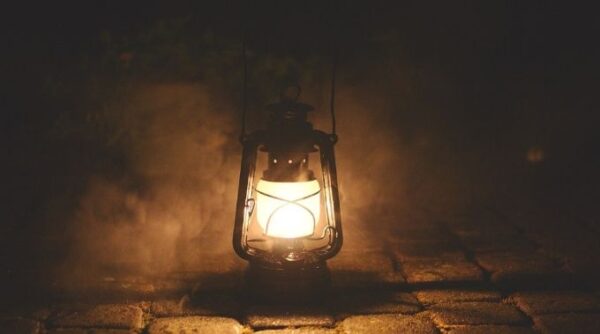Introduction
Since India is filled with talented artisans who worship their work, sometimes, it gets difficult to choose what you want to buy, especially when you have a limited budget. All artifacts are magical in their own way but it is alright to not be sure about what you would like to buy. For example, both Warli paintings and brass lamps are handmade artifacts but both of them are special in their own way. This is a guide which will help you create your very own collection of Indian handmade artifacts.
Step One

You must try to understand the purpose of your collection. Is it to beautify your room? Is it to help rural artisans to earn their livelihood? Once you understand the reason, you will be able to choose more easily. Then you must explore different kinds of art pieces. For example, if you like fine line work, mythical pieces; then you may adore Madhubani paintings. If you appreciate earthy tones, you might like Warli paintings. When it comes to handcrafted textiles, if you are a fan of luxury, you would like soft pashmina wool. If you prefer block printed textiles, you would love Kalamkari designs. You can explore Kondapalli dolls if you like mythological figurines.
Step Two
You should start your collection with a small piece that holds a deep amount of meaning for you. For example, it could be a hand painted terracotta diya. It could be a handwoven sabai grass basket. It could be a Channapatna keychain. After you have chosen the first artifact of your collection, you should make sure you buy it from a reliable source. For example, you can buy it from Gaatha Handicrafts or Okhai or iTokri or Kamalini Crafts and many more. There are many factory made handicrafts that are passed off as handmade. Beware of these.
Step Three
If you want to create a wonderful collection, you must start documenting. When your first piece arrives, you should write a description. You must include details about your artifact like what is it, where is it from, who created it, what were the materials or techniques used, when did you get it, from where did you get it etc. You should save all these details in a folder. Once you have many artifacts, it would be very hard to keep track so make sure you do it meticulously to build a great cultural archive.
Step Four
You should display all your artifacts because they were not made to be put away in a box. They deserve to be exhibited as a badge of pride in your house. Some good ideas are as follows. You can hang three gond paintings as a vertical gallery which will give a very chique look. If you want a beautified look, you can hang three pattachitra art pieces side by side. You can frame a Bandhani dupatta and display it on a wooden rod. You can have a shelf of Dhokra animals or Channapatna toys which might be extremely attractive to small children.
Step Five

You should allow your collection to slowly evolve. Your taste will change as you keep collecting artifacts which is very natural. In order to keep exploring and collecting, you must visit museums like the Prince of Wales Museum in Mumbai or the Crafts Museum in Delhi. There are certain artisanal communities which sell directly on Instagram, you can follow these. Whenever you visit a new city, you can pick up a handmade souvenir and add it to your collection of Indian handmade artifacts.
Conclusion
Creating a collection will not only give you artifacts; it will give you memories about every place, you will be supporting livelihoods and you will hold these stories in your heart.
Author
Shreeja Mukherjee


